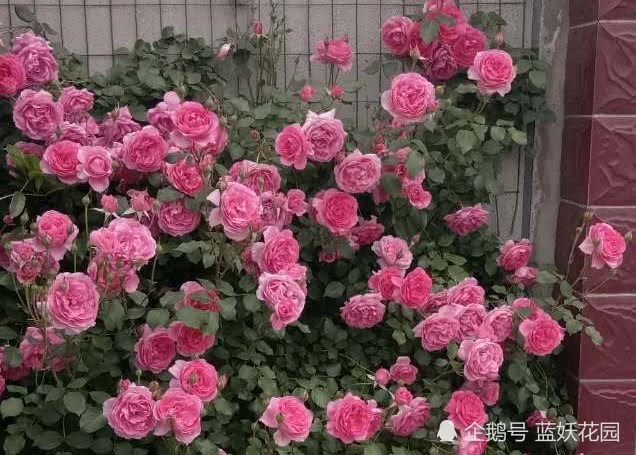The natural source of art in the landscape case of the landscape exhibition in the basin

There is a deep affection between the two sides of the strait. Tortoise stone)
Bonsai: one of the excellent traditional arts is a work of art that uses plants and rocks as basic materials to express the natural landscape in the basin. It takes plants, rocks, soil, water and other materials as materials, and through artistic creation and horticultural cultivation, it typically and centrally shapes the beautiful scenery of nature in the basin, achieving the artistic effect of shrinking the dragon into an inch and seeing the big in the small, while expressing its feelings with the scenery and expressing a far-reaching artistic concept. like a three-dimensional beautiful scaled-down version of the landscape scenic area.
Memories of hometown (golden marbles)
Bonsai originates from China. Bonsai is generally divided into two categories: tree stump bonsai and landscape bonsai. Bonsai is composed of landscape, basin and several (shelves). They are interrelated and influence each other as a whole. Bonsai is regarded as "three-dimensional painting" and "silent poetry".
Bonsai originated in China. The tomb of Prince Zhang Huai of the Tang Dynasty (built in 706) unearthed in 1972 in the Qianling Mausoleum of Shaanxi Province is the earliest bonsai record in the world. Bonsai in the Song Dynasty has developed to a higher level. Famous scholars at that time, such as Wang Shipeng, Lu you, Su Dongpo and so on, all described and praised the bonsai in detail. In the Yuan Dynasty, the eminent monk Sui Shangren made small bonsai, which was naturally called "some sub-scenery". Bonsai became more prosperous in the Ming and Qing dynasties, and many works on bonsai have been published. The word "bonsai" first appeared in the rest of the examination disk written by Tu long in the Ming Dynasty. Since the 1950s, bonsai production has become very popular in public gardens, nurseries and folk families, and bonsai associations have been established, and bonsai gardens and bonsai art exhibitions are often held.
Feelings of the Yellow River (Sanchun Willow)
The golden autumn of Miaoling (Firethorn. Thousand-layer stone)
Pastoral song (Sanchun willow)
Love depends on the earth (Pu Shu)
Shicheng rhymes
Sparse forests and verdant trees (Luohan pine)
Rural rhyme (cypress)
Heart to heart (Populus tomentosa)
Remember the south of the Yangtze River (cypress. Lingbi Stone)
Yuanyuan (ground cypress)
Yunya Competition Show (Finch Plum)
Zixu fiercely fought (to the festival)
The picture of ancient trees with summer overcast (rhododendron. Tortoise stone)
Cuixiang Qingyun (needle cypress. Tortoise stone)
Maple forest scenery (triangular maple)
Share nature (elm)
Wonderful content
- Prev

The highest four realms of life: pain without laughter, without confusion without surprise and confusion.
In life, we are bound to experience twists and turns, joys and sorrows, joys and sorrows. Only in this way, is the real life. People's life can not be plain sailing, is from immature to mature and then to sophisticated process. There are four rare things in life.
- Next

Autumn rattan, don't cut it this season. Be careful that the flower wall is gone.
[0018] in autumn, don't cut the vines indiscriminately this month, be careful not to cut the flower wall! Autumn has come, and the rose has opened the mode of crazy growth, and many flower friends have asked the blue demon: do you want to prune the long season of rattan this month? In fact, off.
Related
- Wuhan Hospital Iron Tree Blooming Result Was Instantly Frightened by the Gardener Master
- Which variety of camellia is the most fragrant and best? Which one do you like best?
- What is the small blue coat, the breeding methods and matters needing attention of the succulent plant
- Dormancy time and maintenance management of succulent plants during dormancy
- Minas succulent how to raise, Minas succulent plant pictures
- What are the varieties of winter succulent plants
- How to raise succulent plants in twelve rolls? let's take a look at some experience of breeding twelve rolls.
- Attention should be paid to water control for succulent plants during dormant period (winter and summer)
- Watering experience of twelve rolls of succulent plants
- Techniques for fertilizing succulent plants. An article will let you know how to fertilize succulent plants.

